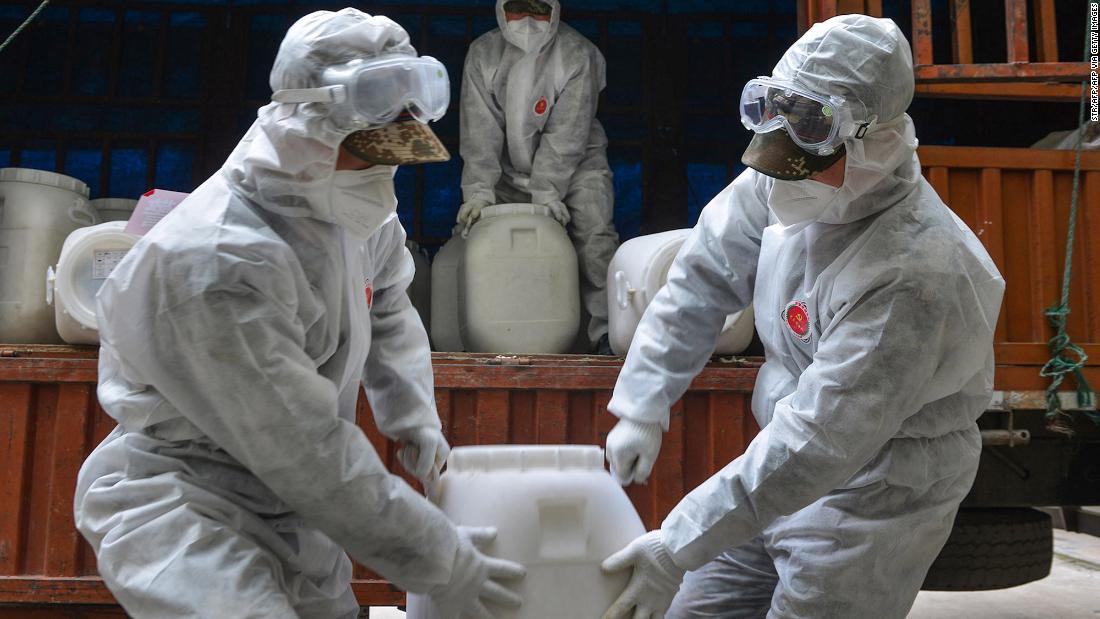[ad_1]
Here’s what makes this strain so unusual and what you can do to protect yourself.
It’s unusual for several reasons:
What are the symptoms?
Fever, cough, runny nose, sore throat and trouble breathing are some of the most common symptoms of the novel coronavirus.
“More rarely, the disease can be fatal. Older people, and people with pre-existing medical conditions (such as diabetes and heart disease) appear to be more vulnerable to becoming severely ill with the virus.”
How can you protect yourself?
That includes washing your hands often with soap and water for at least 20 seconds.
If you’re the one feeling sick, cover your entire mouth and nose when you cough or sneeze. But don’t use your hands. Use either your bent elbow or a tissue that you throw away immediately afterward.
Is there a cure for novel coronavirus?
No. Patients can be treated and may recover from their symptoms, but there is no known cure for the novel coronavirus yet.
What about a vaccine?
Scientists are working on a vaccine, but don’t expect it anytime soon.
The US National Institutes of Health is trying to develop one, but says it will take at least a few months before clinical trials start and more than a year until a vaccine might actually become available.
Separately, scientists in Texas, New York and China are also trying to create a vaccine, said Dr. Peter Hotez, a vaccine scientist at Baylor College of Medicine in Houston.
But the challenge is daunting, Hotez said.
“The lesson we’ve learned is coronavirus infections are serious and one of the newest and biggest global health threats.”
CNN’s Elizabeth Cohen, Dr. Sanjay Gupta and Jacqueline Howard contributed to this report.
[ad_2]
Source link





